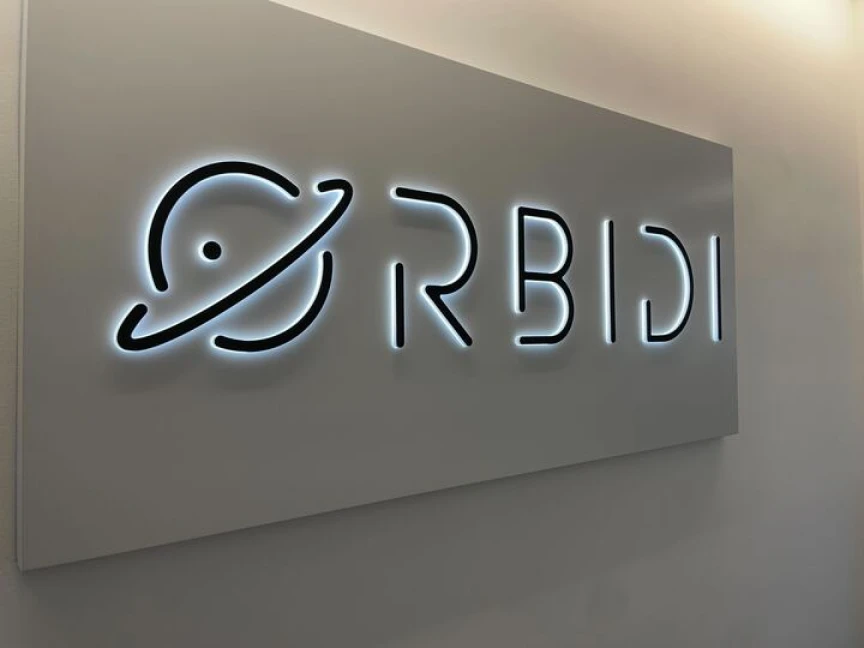Table of contents
Sales teams depend on dynamic pay structures to maintain motivation, reward performance, and drive results. Among the various mechanisms in sales compensation planning, commission draw stands out as an effective way to balance financial stability and performance incentives.
This system ensures that sales representatives can earn a steady income during slow periods or long sales cycles while staying motivated to hit their quotas. In this comprehensive guide, we explore the concept of commission draw, its types, practical examples, advantages, and best practices for implementation.
What is a commission draw?
A commission draw is an advance payment against a sales representative’s future commission earnings. It is designed to provide financial security during periods when earned commission may not be sufficient, such as during slow periods or in industries with extended sales cycles.
Unlike base salaries, commission draws are directly tied to a rep’s future performance. The draw system ensures that a sales employee receives enough income to meet financial needs while continuing to pursue sales opportunities and improve sales performance.
Types of commission draw
Understanding the different types of commission draw is crucial for determining the best approach to sales compensation.
1. Recoverable draw
A recoverable draw is essentially a loan against future commission earnings. The sales representative receives an upfront payment, which is later deducted from their future earned commission. If the rep does not earn enough commission to cover the draw within a pay period, the remaining balance is carried forward to the next period.
Example
A sales team member receives a $2,000 recoverable draw for January. However, they only earn $1,500 in commission that month. The remaining $500 will be subtracted from their February commission earnings.</p>
2. Non-recoverable draw
A non-recoverable draw is a guaranteed payment that does not need to be repaid, even if the sales rep fails to earn enough commission to cover the amount during the pay period. This type of draw is commonly used to support new hires during onboarding or when teams face long sales cycles.
Example
A newly hired sales representative is given a $3,000 non-recoverable draw for their first three months. If their earned commission in March totals $2,500, they are not required to repay the $500 difference.
Why commission draw is vital for sales teams
Commission draw systems provide critical benefits to sales organizations. They ensure financial stability, foster motivation, and create alignment between sales incentives and overall performance goals.
1. Financial stability during slow periods
Seasonality, slow periods, or long sales cycles can significantly impact a sales team’s earnings. A commission draw guarantees that sales reps have a predictable income, enabling them to focus on building pipelines and closing deals.
2. Supporting new hires
Onboarding is a challenging period for any sales employee, particularly in roles with steep learning curves. Non-recoverable draws help new hires gain confidence and financial security while they familiarize themselves with products, sales cycles, and strategies.
3. Encouraging high-risk opportunities
Sales reps often hesitate to pursue large, complex deals with extended sales cycles due to the risk of delayed commissions. A commission draw provides a safety net, empowering reps to focus on these opportunities without financial stress.
How commission draw influences sales performance
A well-designed commission draw system motivates sales reps by offering both security and incentives. It encourages them to meet or exceed their quota, leading to improved sales performance. However, success depends on aligning the draw amount with realistic performance expectations.
Balancing draw amounts with quotas:
- High draw amounts: When draw amounts are too high, sales reps may become complacent and rely on the draw rather than striving to earn commissions.
- Unrealistic quotas: Setting unachievable quotas can create stress, especially for recoverable draws, as reps may struggle to cover the advance.
Effective sales compensation planning ensures that draw systems are motivating without being overwhelming.
Examples in practice
Here are three real-world scenarios where a sales commission draw plays a pivotal role in a company’s pay structure:
1. SaaS sales with long sales cycles
A software company selling enterprise-level solutions has an average sales cycle of six months. To support its sales team, the company offers a $4,000 non-recoverable draw for new hires during their first six months. This allows the reps to focus on building client relationships and closing complex deals without worrying about immediate income.
2. Retail sales during seasonal fluctuations
A retail chain experiences low sales in the first quarter. To retain top talent, the company introduces a $1,500 recoverable draw for three months. This guarantees stability for sales reps, who can repay the draw from their earned commission when sales pick up in the second quarter.
3. Commission-based pay for expansion teams
A company entering a new market offers its sales expansion team a $5,000 non-recoverable draw for their first three months. This structure encourages them to take risks, build pipelines, and secure deals without the pressure of immediate commissions.

Potential challenges of commission draw
Although commission draws offer significant benefits, they can also present challenges if not implemented carefully:
- Dependence on draws: Sales reps who consistently rely on non-recoverable draws may lose motivation to maximize their earned commission.
- Debt accumulation with recoverable draws: If sales reps repeatedly fail to earn enough commission to cover their draw, they may accumulate debt, leading to dissatisfaction and increased turnover.
- Administrative complexity: Managing recoverable and non-recoverable draws for a large sales team can be challenging, especially when combined with other pay structures. Employers must address these issues by setting clear policies, leveraging technology, and continuously monitoring sales performance.
Best practices for implementing a commission draw
Here are actionable steps to ensure successful implementation of a commission draw system:
1. Set realistic quotas: Ensure that quotas align with the sales cycle, market conditions, and individual rep capabilities. Unrealistic quotas can discourage reps and lead to poor results.
2. Provide transparency: Clearly communicate the terms of the draw system, whether it is recoverable or non-recoverable. This fosters trust and eliminates confusion about repayment policies.
3. Offer tailored solutions: Different reps may benefit from different types of draws. For instance, new hires may require non-recoverable draws, while seasoned reps might prefer recoverable draws during slow periods.
4. Use data for optimization: Analyzing sales performance data helps employers refine their draw systems, ensuring they remain fair and effective.
Commission draw and its impact on organizational goals
A well-implemented commission draw system aligns individual and organizational objectives. It ensures that sales representatives are motivated to achieve their quotas while providing stability during slow or uncertain periods. By improving sales incentives, employers can enhance team performance and retain top talent, ultimately driving revenue growth.
It’s also a vital tool in modern sales compensation planning, offering stability for sales reps and flexibility for organizations. By understanding the nuances of recoverable and non-recoverable draws, companies can implement systems that balance financial security with motivation and performance. When aligned with realistic quotas, a commission draw system empowers sales teams to succeed in any market condition.
Whether you’re supporting new hires, managing long sales cycles, or navigating seasonal fluctuations, commission draws provide a practical solution to improve sales performance and enhance overall team dynamics.





